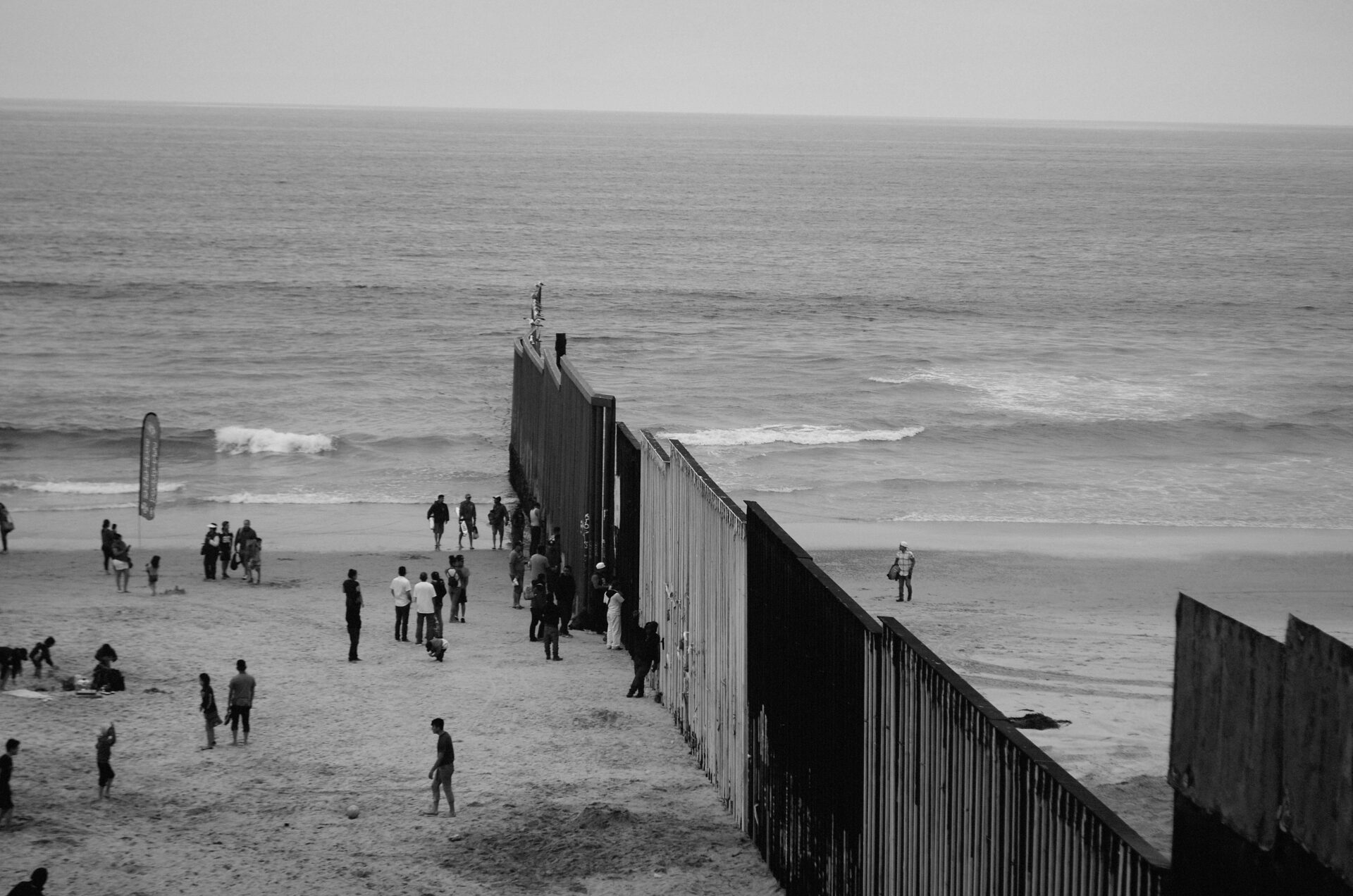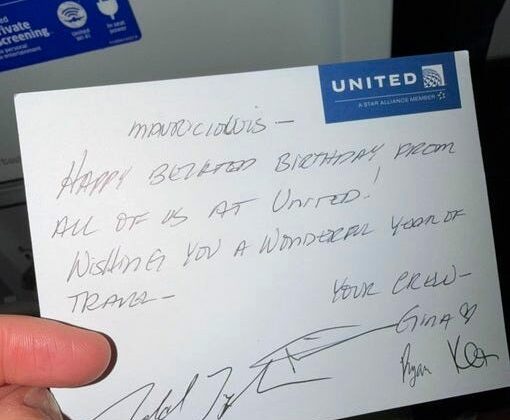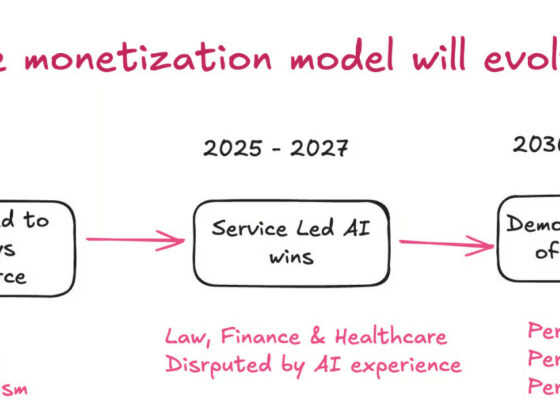London, UK – A groundbreaking new report by the World Travel & Tourism Council (WTTC) reveals that smarter border management could supercharge the global economy, adding $401BN in GDP and creating 14MN new jobs across G20, EU, and African Union nations by 2035.
Created by WTTC in partnership with SITA, the Better Borders report shows that by embracing digital technologies and adopting smarter visa policies, governments can transform their borders into powerful national assets, boosting tourism, enhancing security, and strengthening economic competitiveness.
Smarter Borders, Stronger Economies
With Travel & Tourism forecast to reach $16.5TN in global GDP by 2035 and is expected to account for 12.5% of the world’s workforce, WTTC and SITA argue that border modernisation is now a strategic imperative.
The report outlines six key principles and 18 recommended actions designed to make travel more seamless and secure. Among its top recommendations, it calls for the full digitalisation of visas and travel authorisations, alongside the adoption of digital identities and biometric technologies to speed up and strengthen border processes.
It also urges governments to enhance cooperation across tourism, security, and finance ministries, pre-clear travellers before arrival to reduce border congestion, and build direct digital relationships with travellers to improve communication, trust, and the overall travel experience.
Global Examples of Success
Countries such as the U.S., the UAE, and Australia, are already reaping the rewards of digital transformation, demonstrating how modern border management can drive both efficiency and economic growth.
In the U.S., Customs & Border Protection (CBP), uses biometric facial comparison technology to process travellers entering the United States at 238 airports, including all 14 CBP pre clearance locations, and 57 locations for international departures.
The UAE is using the power of AI to dramatically reduce visa processing times, with some waits cut to just hours. AI is also being used to help travellers accurately complete visa applications, eliminating significant periods of delay.
Meanwhile, Australian airports are utilising SmartGates, which use facial recognition technology to process arrivals and departures. By June 2025, 79% of all arrivals were eligible to use SmartGate technology with around three quarters of those travellers opting to use it. As a result, it has significantly reduced border clearance times.
The Future of Travel Begins at the Border
The report highlights that 75% of travellers prefer biometrics over manual processes and 85% are willing to share data in advance if it means a faster, smoother experience.
WTTC and SITA are calling on governments to act now to build “Better Borders” that balance security with seamless travel, unlocking major economic, social, and reputational benefits.
About WTTC
The World Travel & Tourism Council (WTTC) represents the global Travel & Tourism private sector. Members include 200 CEOs, Chairs and Presidents of the world’s leading travel & tourism companies from all geographies covering all industries. For more than 30 years, WTTC has been committed to maximising the inclusive and sustainable growth potential of the Travel & Tourism sector by partnering with governments, destinations, communities, and other stakeholders to drive economic development, create jobs, reduce poverty and foster peace, security, and understanding in our world.








